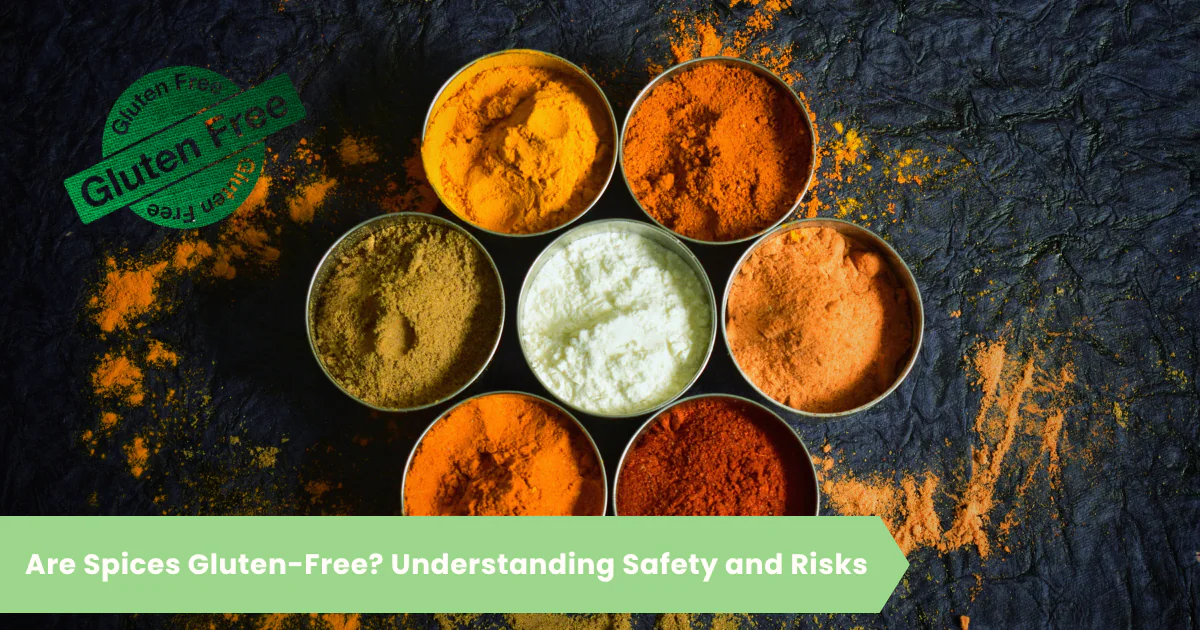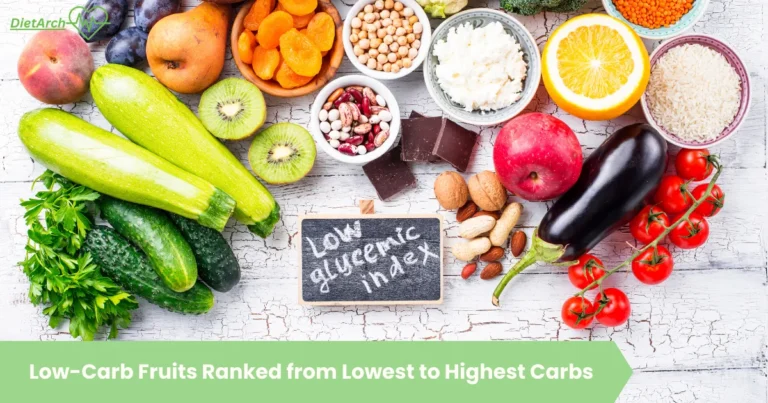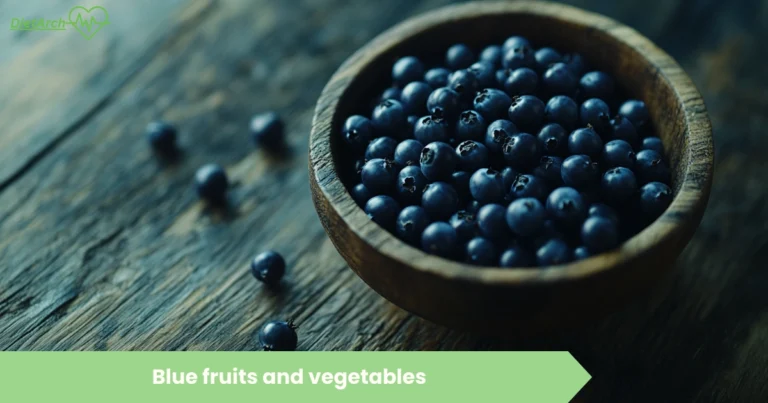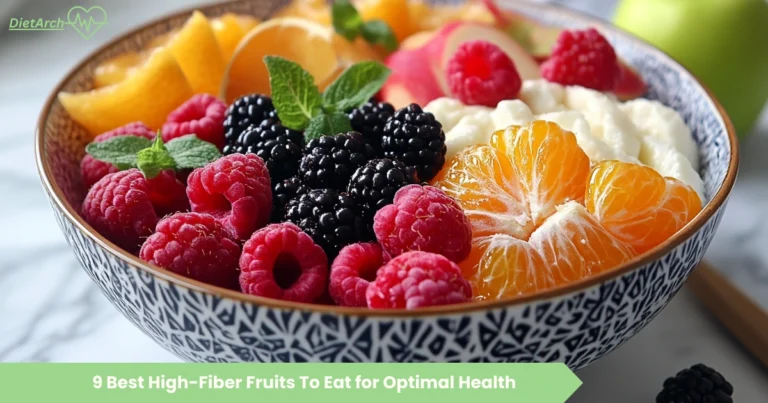Are Spices Gluten-Free? Understanding Safety and Risks
Pure single-ingredient spices like turmeric, cumin and paprika do not contain wheat, barley or rye proteins, making them naturally gluten-free. However, contamination can occur when spices share equipment with gluten grains or include hidden fillers.
For people with celiac disease or non-celiac gluten sensitivity, even tiny gluten traces (10–20 ppm) can cause digestive distress, fatigue, headaches or long-term health issues. This guide covers the science of gluten, contamination risks, label-reading strategies, safe buying and storage, DIY blend recipes, and steps to safeguard your kitchen.
Key Takeaways
What Is Gluten and Why It Matters
Gluten is a protein composite found in wheat, barley and rye that gives dough elasticity and chewiness. In celiac disease, gluten triggers an autoimmune response that damages the small intestine lining and impairs nutrient absorption. Research shows that as little as 10–20 parts per million can provoke mucosal injury in sensitive individuals. Non-celiac gluten sensitivity causes symptoms such as abdominal pain, bloating, headaches and fatigue. Strict gluten avoidance is the only known treatment.
Why Pure Spices Are Usually Safe?
Pure spices in their raw form do not contain gluten. A seed, fruit, bark or root ground into spice cannot acquire gluten unless mixed with wheat, barley or rye during processing. Whole spices—cardamom pods or cinnamon sticks—bypass grinders and pose even lower risk. When a manufacturer mills coriander or black pepper in a dedicated, clean line and packages it in sealed jars, the risk is zero. Always check for “100 % pure” and “no additives” on product labels.
Like spices naturally, fruits are gluten-free.
How Gluten Contamination Occurs
Spices can become unsafe if they share equipment or storage with gluten products:
A 2023 survey of retail spices found nearly 25 % contained detectable gluten. This highlights the importance of strict facility controls and dedicated gluten-free lines.
Reading Labels and Certifications
Careful label reading is key to safety:
Clean label example: Organic ground turmeric, certified gluten-free
Risky label example: Curry powder (spice blend, wheat flour, dextrose)
Avoid these foods if you have gluten intolerance.
High-Risk Spices and Blends
Many blends and convenience mixes hide gluten:
Blend Type | Hidden Gluten Source | Risk Level |
|---|---|---|
Curry powder | Wheat flour | High |
Taco seasoning | Maltodextrin | Medium |
BBQ rub | Wheat starch | Medium–High |
Instant soup base | Barley malt extract | High |
Avoid these unless verified gluten free or make your own pure-spice blend at home.
Safe Buying and Storage Practices
Ensure your spices remain safe:
Never decant spices into communal containers where gluten crumbs may linger.
DIY Gluten-Free Spice Blends
Creating your own blends guarantees purity and flavor control. Try these basic mixes:
Taco Seasoning (Makes ~½ Cup)
Italian Herb Blend (Makes ~⅓ Cup)
Basic Curry Powder (Makes ~½ Cup)
Combine ingredients thoroughly, store in airtight jars and use within six months.
Health Implications of Contaminated Spices
Even small gluten exposures can trigger:
If symptoms follow spice use:
In a nutshell
Pure spices add flavor without gluten concerns when processed and stored correctly. Blends and additives pose the main risks, so always read labels, choose certified products or make home blends, and maintain dedicated storage. With these best practices, your gluten-free cooking can be both safe and delicious. Audit your spice rack today, discard suspect blends and enjoy bold flavor with confidence.







